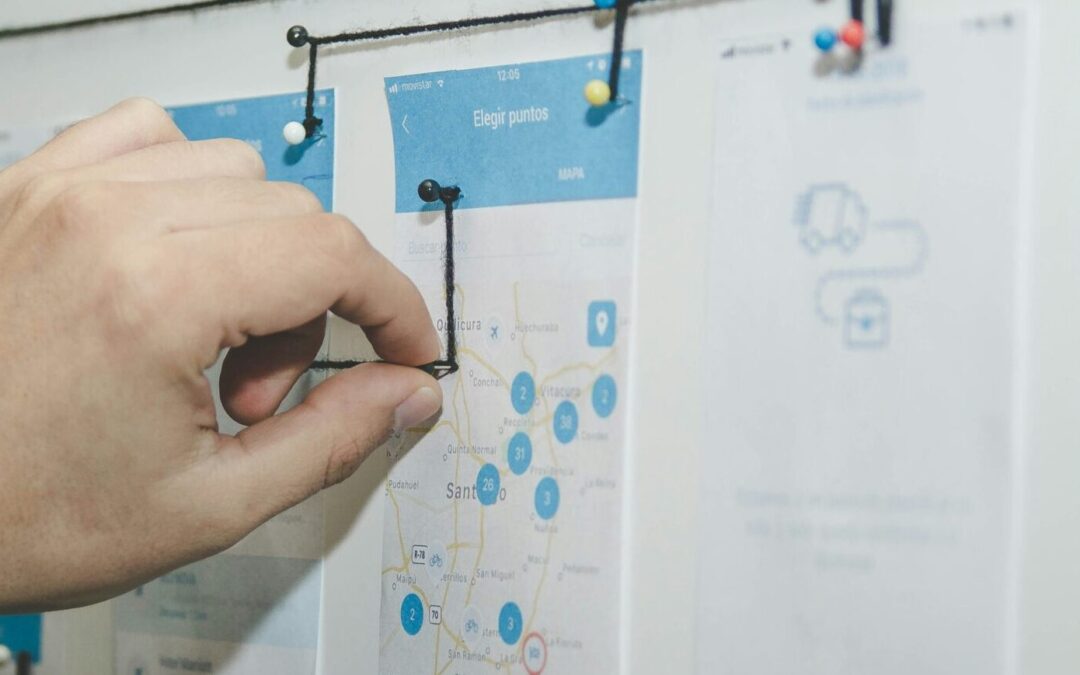Selling is nothing more than a means to an end, the purchase. In the competitive world of B2B sales, understanding the customer's buying process is not only an advantage, but a necessity. By aligning our sales strategies with how and why customers make their buying decisions, we can significantly improve our conversion and loyalty rates. Let's summarize how we understand the importance of synchronizing sales processes with buying processes and how to implement an effective system that benefits both sellers and buyers.
Understanding how B2B customers buy
Each client company has its own set of procedures and criteria for making purchases, often involving multiple stages from initial research to final decision. Traditionally, companies have focused on optimizing their own sales processes, but this may not match the way customers want to buy. For example, while a salesperson may consider the negotiation stage crucial, the customer may value more the clarity and detailed information available in the initial stages. Understanding these nuances is crucial to closing sales and building lasting relationships.
Purchase experience management with a measurable system
Adapting the sales process to reflect the customer's buying process requires a systematic and measurable approach. Using tools such as tracking visits to our website, or analyzing interactions across any channel, companies can gain valuable data on what their customers see and value at each touch point. This information allows companies to adjust their tactics and communications to enhance the customer's shopping experience, ensuring that each interaction adds value and strengthens the relationship.
Design shopping experiences with clear objectives
 When designing shopping experiences, it is essential to establish clear objectives that reflect the brand's values and meet customer needs. This involves identifying and prioritizing the touch points that have the greatest impact on customer satisfaction and loyalty. For example, ensuring that after-sales support is accessible and efficient can be more influential on customer perception than the sales stage itself. Personalizing the shopping experience improves customer satisfaction and encourages greater repeat purchases.
When designing shopping experiences, it is essential to establish clear objectives that reflect the brand's values and meet customer needs. This involves identifying and prioritizing the touch points that have the greatest impact on customer satisfaction and loyalty. For example, ensuring that after-sales support is accessible and efficient can be more influential on customer perception than the sales stage itself. Personalizing the shopping experience improves customer satisfaction and encourages greater repeat purchases.
In a nutshell
Understanding the why and how of our customers' buying process is fundamental to any successful sales strategy. By synchronizing our sales process with the customer's buying process, we not only improve the efficiency of our operations, but also elevate the customer experience, which in turn drives sustainable growth. We are talking about a more integrated, customer-focused approach to the sales process that synchronizes our practices with the customer's expectations and needs in order to achieve greater profitability and customer loyalty.
Photo by Alvaro Reyes on Unsplash/Photo by Jo Szczepanska on Unsplash






